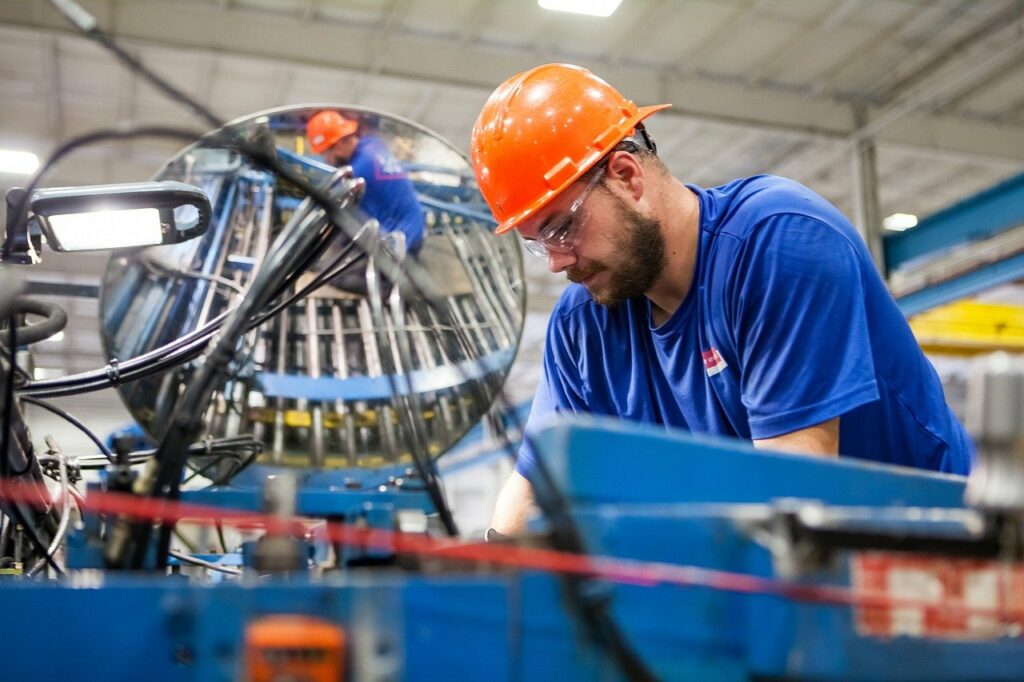
In July of 2016 there were 604,200 jobs in manufacturing in Michigan, and the state’s economy in general benefits greatly when it’s manufacturing sector succeeds. Unfortunately, the age of the average manufacturing worker skews older than in other sectors. Most workers are not young people, and unless that changes, as Baby Boomers retire and leave the workforce, the labor shortage will continue to increase.
A number of organizations have created initiatives to introduce young people to the kinds of trades and skills that manufacturing needs. Skilled professionals in the STEM (Science, Technology, Engineering and Medicine) fields in in great demand in the industry. Manufacturing also benefits from the work of those in education or research. New technology, including advances in robotics, directly influences what happens on the factory floor. Companies need computer programmers, production workers, and also technicians who are able to maintain the continually more complex equipment found in today’s factories.
The State of Michigan has gotten involved by creating the Skilled Trades Training Fund (STTF) which has been offering grants to companies who train their workers in additional skills. Right now the State is accepting applications through Michigan Works! for $27 million in grants that will be used to train either current workers or new hires. Companies have until October 6, Manufacturing Day, to fill out an application for these grants.
From 2014 until the present, the STTF granted 1,422 companies these awards. The average award amount was $33,938 and the average training cost per employee was $995. The awards were split among companies of different sizes with companies of 500 employees or more receiving 173 awards, companies with 100 to 499 employees receiving 537 awards, and companies with fewer than 100 employees receiving 712 awards. Being a small or mid-sized company is not an impediment to applying for or receiving these grants, so companies of all sizes should consider whether offering further training to their employees would be of benefit.
The Michigan economy has emerged from the Great Recession and is doing better in the second decade of the 21st century, but companies need to think outside of the box to find and train the workers they will need in the future. What is your company doing to ensure it will always have the workers it needs to grow and succeed?
